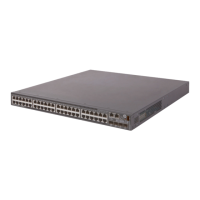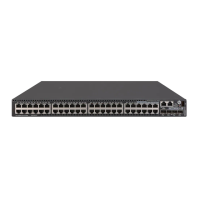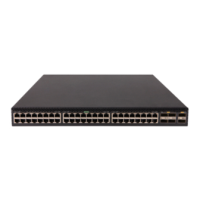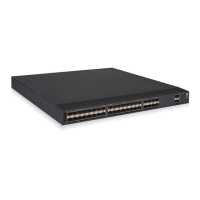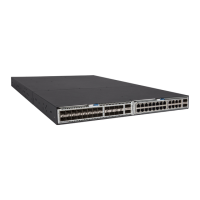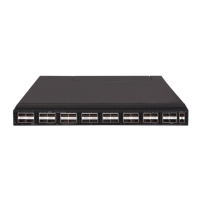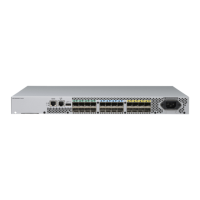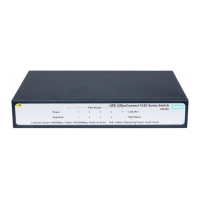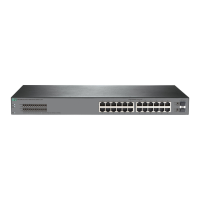154
Usage guidelines
On a port, the loop guard feature and the root guard feature are mutually exclusive.
If this command is configured in Layer 2 Ethernet interface view, it takes effect only on that interface.
If this command is configured in Layer 2 aggregate interface view, it takes effect only on the
aggregate interface.
If this command is configured on a member port in an aggregation group, it takes effect only after the
port leaves the aggregation group.
Examples
# Enable root guard on GigabitEthernet 1/0/1.
<Sysname> system-view
[Sysname] interface gigabitethernet 1/0/1
[Sysname-GigabitEthernet1/0/1] stp root-protection
Related commands
stp edged-port
stp loop-protection
stp tc-protection
Use stp tc-protection to enable TC-BPDU attack guard for the device.
Use
undo stp tc-protection to disable TC-BPDU attack guard for the device.
Syntax
stp tc-protection
undo stp
tc-protection
Default
TC-BPDU attack guard is enabled.
Views
System view
Predefined user roles
network-admin
Usage guidelines
With TC-BPDU guard, you can set the maximum number of immediate forwarding address entry
flushes that the device can perform every 10 seconds. For TC-BPDUs received that exceed the limit,
the device performs a forwarding address entry flush when the interval elapses. This prevents
frequent flushing of forwarding address entries.
Examples
# Disable TC-BPDU attack guard for the device.
<Sysname> system-view
[Sysname] undo stp tc-protection
Related commands
stp tc-protection threshold
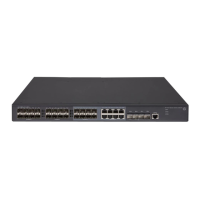
